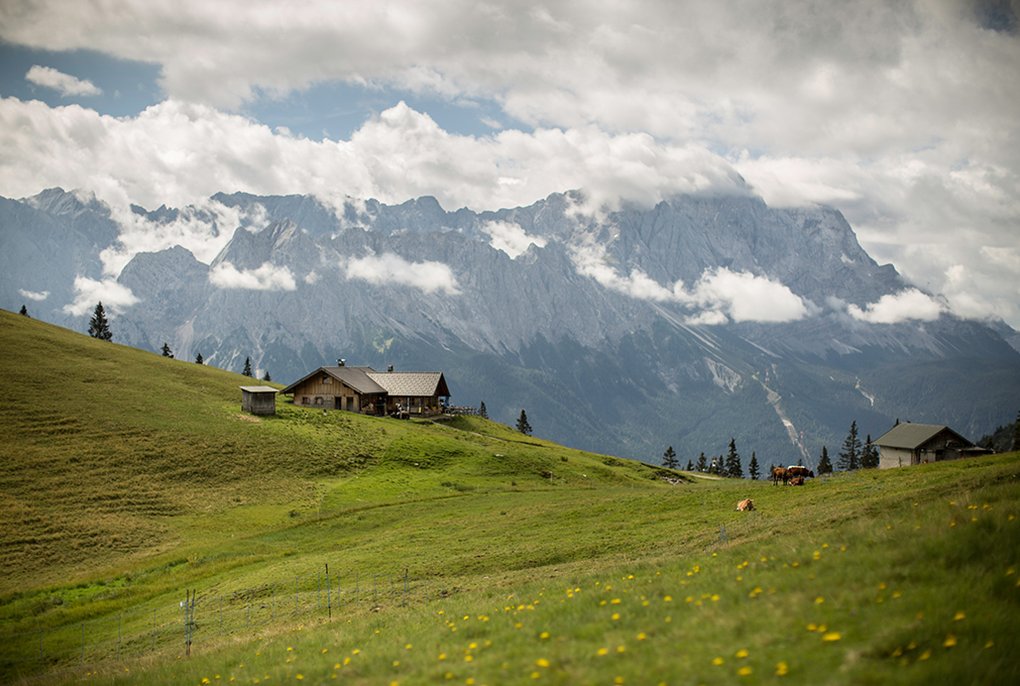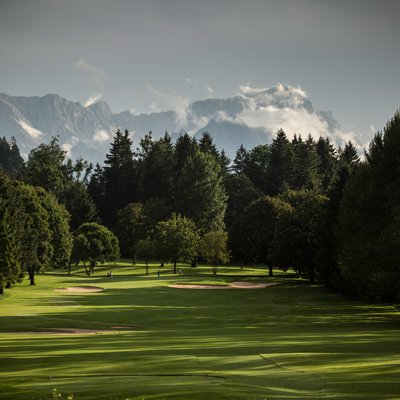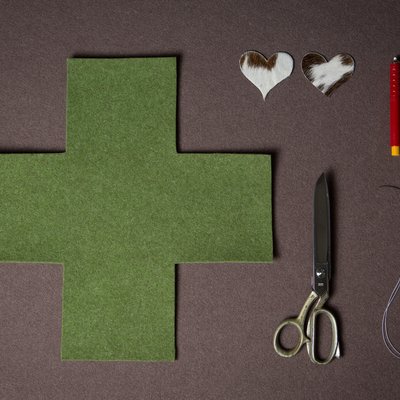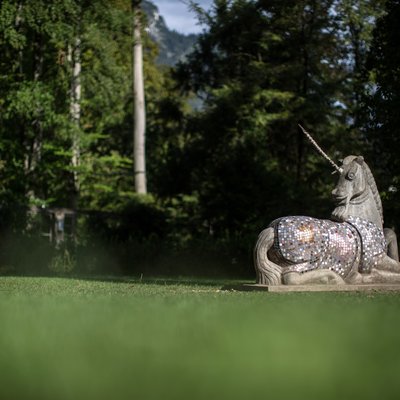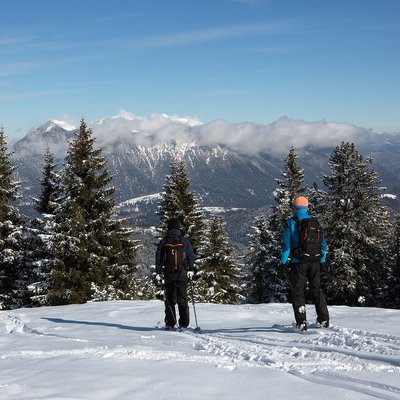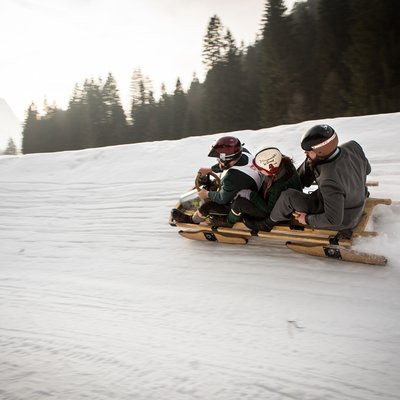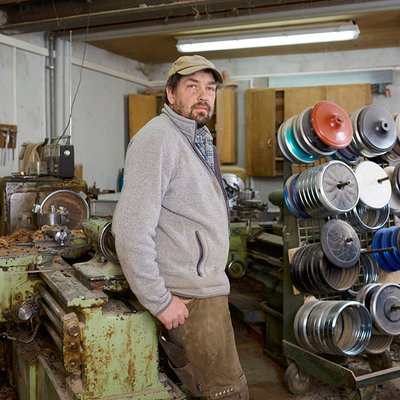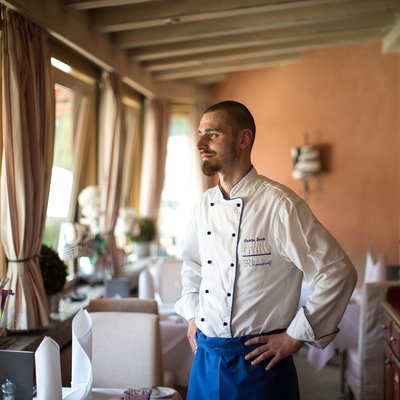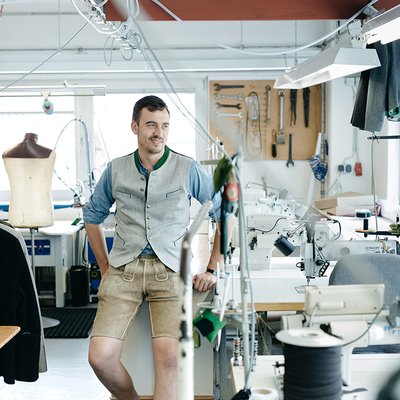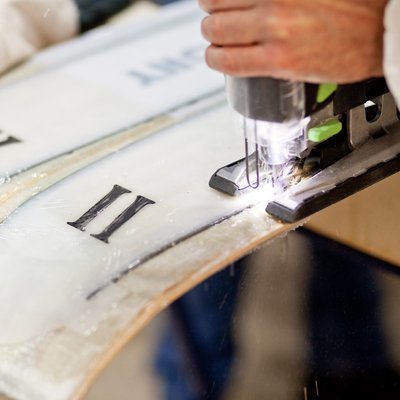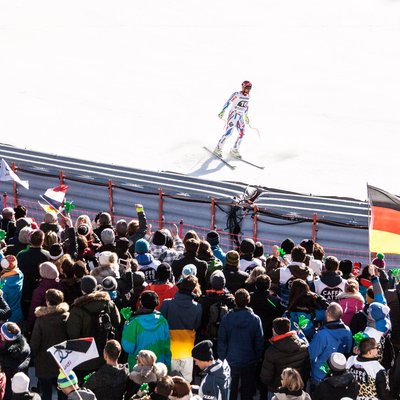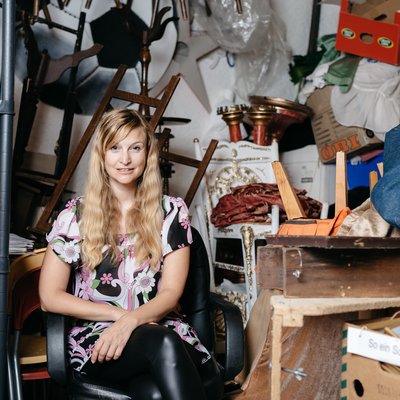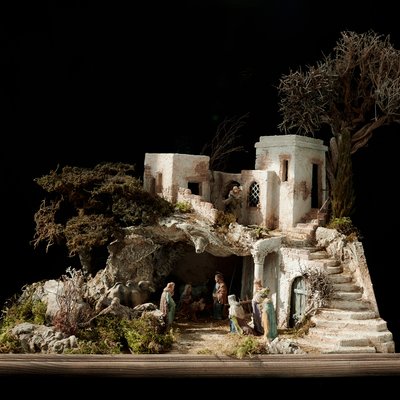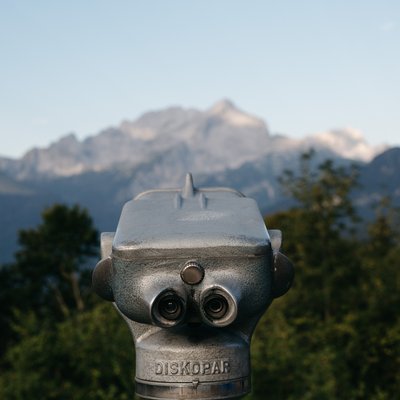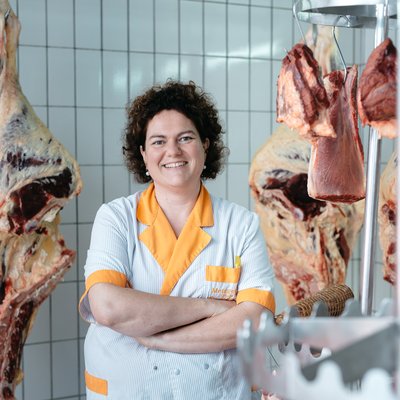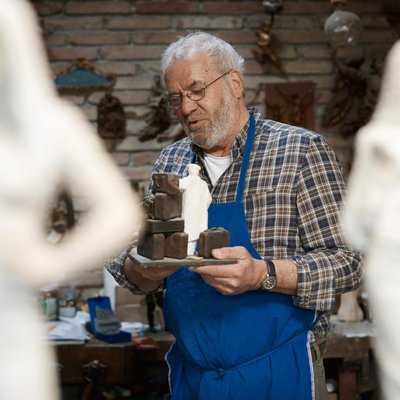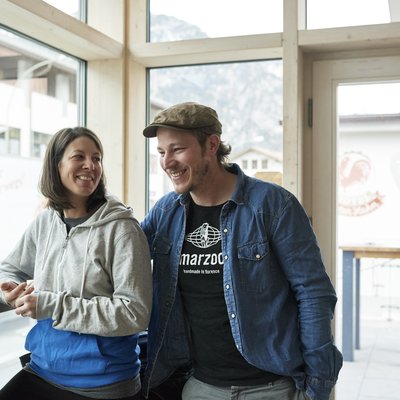26 Summers 1,600 Metres Above Sea Level
Being young and in love can mark the beginning of a beautiful success story.
It was 1990, when Elisabeth and Hermann Ostler, „young and so in love“, decided to lease the Stepbergalm hut in the mountains of Garmisch-Partenkirchen. They invested all of their savings in a small truck, packed their belongings and moved up the mountain. Despite being welcomed by weeks of pouring rain, they stayed. This is their story.
We are on a two and a half hour hike across mountain creeks of crystal clear water glittering in the sun, over stones, meadows, serpentine paths, clouds moving slowly above us. Huge fir trees frame the surrounding mountain peaks like paintings. We set off early and meet no one but dark-winged butterflies, a frog and a dark, soft-woollen sheep blocking our way shortly before we reach our destination. 800 metres of difference in altitude change the landscape, the air, and, so it seems, also my perception of self as we reach Stepbergalm hut on this late summer morning. It all feels more clear, more pure, more essential. The terrace is still empty. That’s a good thing, for Elisabeth Ostler, the tenant, has time to tell us her story.
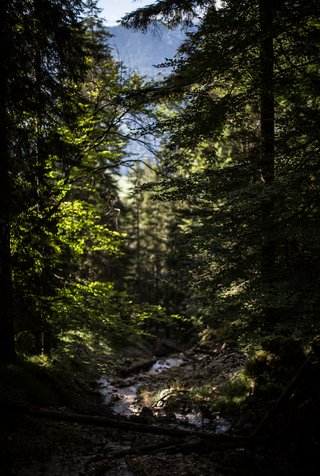
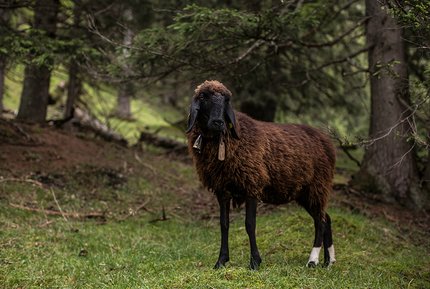
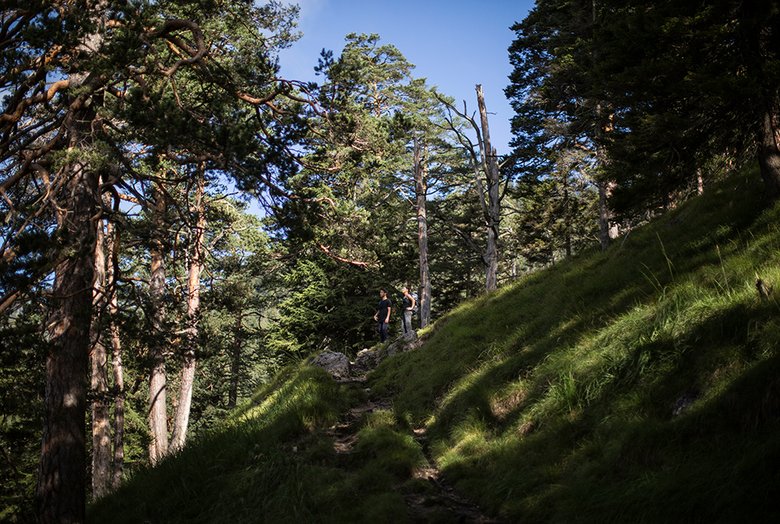
“The cheese cake is still in the oven, but would you like some coffee in the meantime?” she asks in the dialect that immediately gives away that she is a true local. We sit down at a table in the sun. It is still powerful, even up on 1,600 metres above sea level in late summer. “You chose a really nice day,” says Elisabeth who sure knows things can look very different up here, too. “In the early days, I ran for my life when a thunderstorm was rolling in on my way up here,” she recounts. “Back then we didn’t even have a lightning rod!” Back then, she says, meaning the 1990s, when Elisabeth and Hermann were young and full of dreams and plans. When the chance came up to lease Stepbergalm, they took it. 23 year old Elisabeth put on her hiking boots, packed her dirndl and a toothbrush into her backpack and off they went. On the two and a half hours hike up the mountain. „Back then, there was no electricity, no running water and no road to bring up supplies. And to make things even worse, the rain did not stop for three consecutive weeks,” remembers Elisabeth who was just so happy she accepted her employer’s offer to take an unpaid leave instead of quitting her job at the local bank completely. “I said to myself, at least I can still go back to work.”
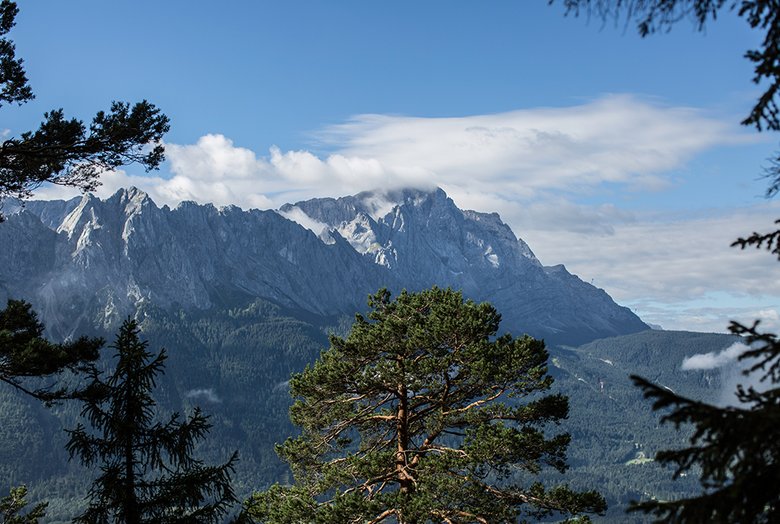
But then July came, and so did the sun and with the sun, the first guests arrived. And Elisabeth and Hermann stayed. They took all their savings (“I still remember that, we had 23,000 Deutsche Mark”) and bought a little truck to bring up supplies (which had to be brought by helicopter before). And ever since, they spend their summers up in the mountains. Hermann looks after all things transportation and their livestock (dairy cows, young cattle, hundreds of sheeps) and Elisabeth caters to their guests’ needs, orders supplies and runs the back office. And when things get a little too busy, their grown-up twins Martina and Katharina are always ready to help.
For now, it is all quiet and peaceful. As the first guests arrive, greeted by Elisabeth with a charming „Servus!“, the silence gives way to the sounds that can only be of human origin: talking, laughing, the sound of outdoor jackets being zipped open, the sigh when someone takes off a heavy backpack. “I love being a host, being among people, but I also love being with the animals. I have always felt close to nature,” says Elisabeth, who grew up on a farm. She doesn’t seem to mind that the next neighbours are far away on the other side of the mountain. After all, the only quiet times up here are the mornings and nights, when all guests have left and no one asks for her Shepherd’s Maccaroni, fresh buttermilk and the heavenly Kaiserschmarren with apple sauce that the Stepbergalm is famous for.
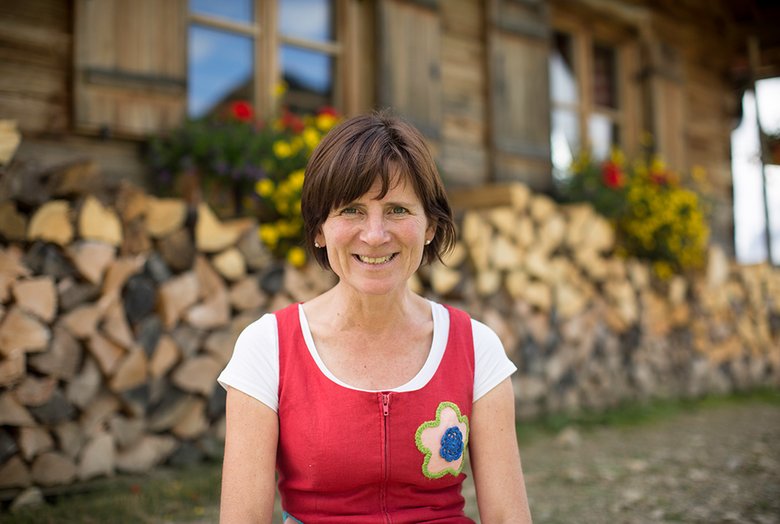
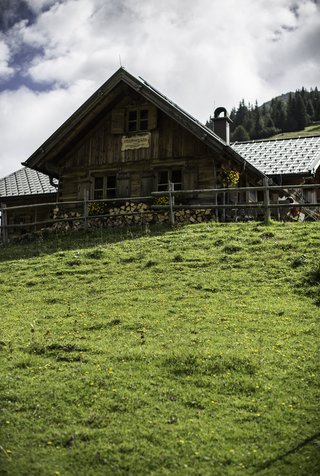
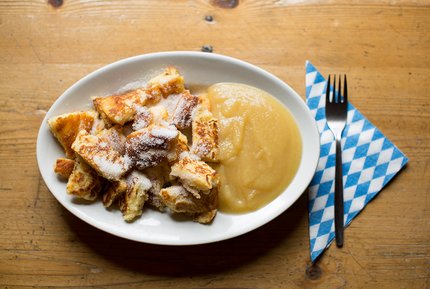
In search of the simple life
You can not welcome people to your hut for 26 years without noticing a thing or two about the nature of human beings over time. “In the beginning, it was all about performance, say in climbing. Today, people have a much more relaxed approach. They come for a nice hike, a good time. You see a lot of families, young people, some of whom set up tent out here on the meadow. It seems to me as if people long for the simple life again,” says Elisabeth. She sees people’s search for the simple and authentic things but she is not one to romanticise life in the mountains even on a glorious late summer day like this. “You get up and go outside in any weather to look after your animals. If one falls ill, you have to get the vet up here. If your generator is broken there is no power and you have to get it fixed or get a new one, which is complicated and costly. Ordering supplies requires a lot of planning, because there is only little room to bring things up here and transportation can be dangerous,” she explains what everyday life in the mountains means for them before adding that “you can’t do this without a reliable network of helpers who are there to pick up the slack if something goes wrong.” Today, however, life on Stepbergalm is much more comfortable than it used to be in the early years. In 2004, proper toilets were installed to replace the rustic outhouses. Nothing is missing up here, and still everything is valued. “You learn to be content, to appreciate things,” says Elisabeth.
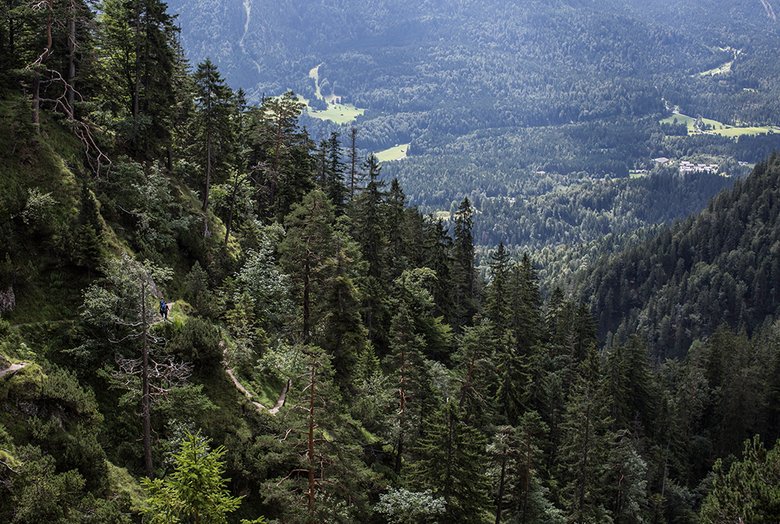
The air cools down very quickly when the sun sets in the mountains. The nights get colder as summer fades, and Elisabeth and Hermann will feel when the time comes to close the hut for winter and return to the village. There, Elisabeth will help in her mother’s guesthouse, and Hermann will turn into a snowcat driver again. But for now, as we pack our backpacks, zip our jackets and start our hike back over the Gelbes Gwänd (named Yellow Wall after its impressive yellow rock formations), Elisabeth and Hermann Ostler stay in the “lovely mountains”, as Elisabeth puts it. Until mid October, their home is “the lovely mountains who still put us in awe.” Ten more summers they plan to spend up here, she tells us, “and then it’s time to let the youngsters have their turn.” And so we return to the valley, knowing that stories that start with “We were young and so in love...” can indeed lead to a happy end.
Text: Martha Miklin // friendship.is
Photos: Florian Lechner // friendship.is
Oct. 12, 2016

